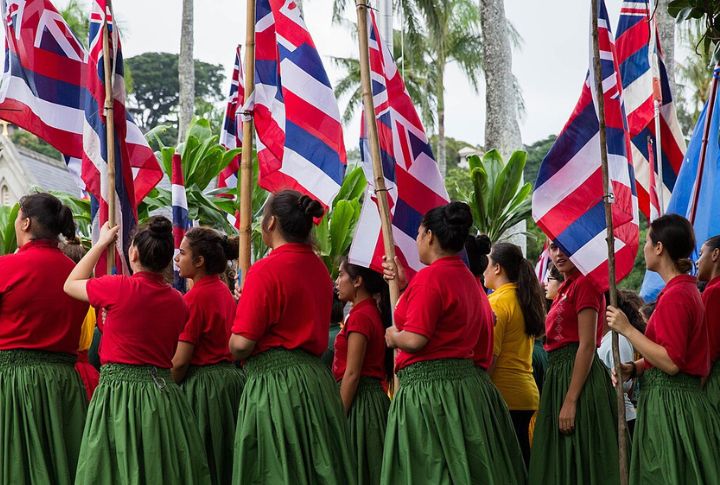
There’s more to Hawaii’s past than most people know. While it’s now America’s 50th state, the road that led there was lined with tension, protest, and compromise. Decisions made across oceans and islands shaped what came next. Some were deliberate, others forced. Here are 10 events that laid the foundation for Hawaii’s unexpected statehood.
The Overthrow Of Queen Liliʻuokalani
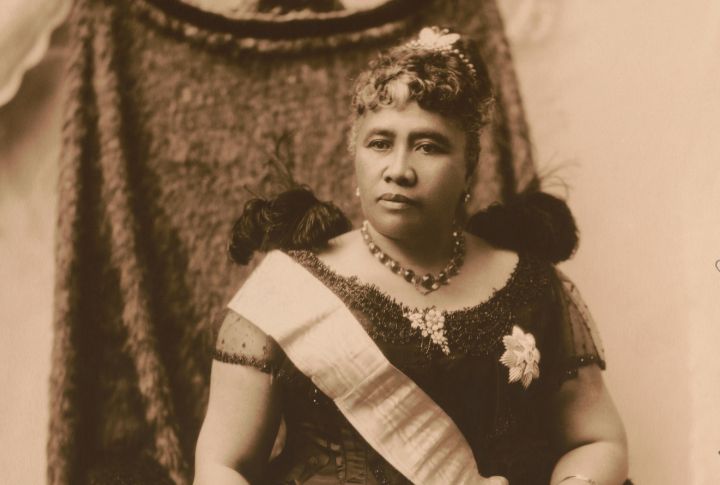
In 1893, Queen Liliʻuokalani was ousted by businessmen backed by U.S. troops. Her effort to restore native authority through a new constitution made her a target. Though known for composing “Aloha ʻOe” years earlier, her legacy deepened as she lost her throne without a vote.
The Republic Of Hawaii Was Formed In 1894

Following the overthrow, a new government quickly took shape. The Republic of Hawaii was declared in 1894, led by Sanford B. Dole. Though claiming independence, it lacked legitimacy in the eyes of most Native Hawaiians. This republic served more as a bridge to annexation than a return to sovereignty.
The Bayonet Constitution Of 1887
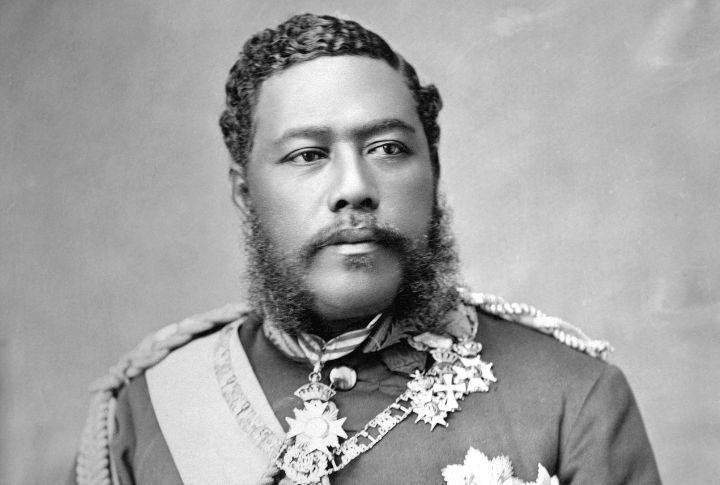
King Kalakaua faced a chilling ultimatum—sign or risk violence. Armed men forced him to approve a constitution that stripped native Hawaiians of political power. American residents gained control of the legislature. The moment marked the beginning of legal erosion that made future resistance even harder to sustain.
Annexation Without Native Consent In 1898
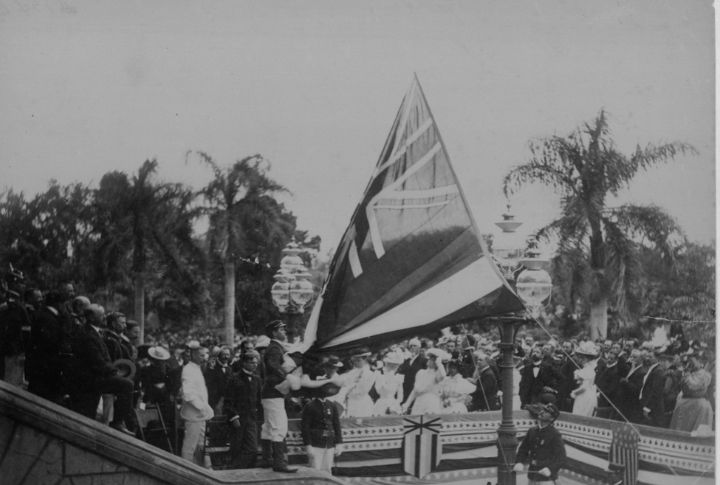
Despite fierce opposition, Hawaii was annexed by Congress through the Newlands Resolution. More than 21,000 Native Hawaiians signed petitions against it. President Cleveland himself had once condemned the earlier coup as an “act of war.” But the tide of imperial ambition ultimately swept over them.
The Organic Act Of 1900
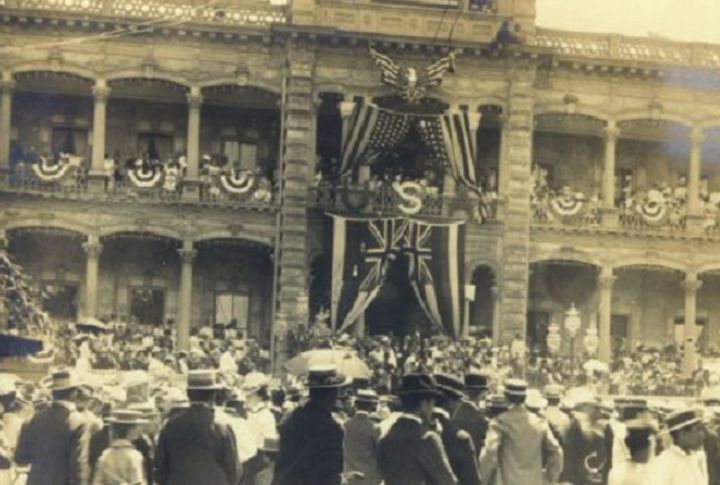
After annexation, the U.S. passed the Organic Act. This law created a territorial government but denied Native Hawaiians the right to self-determination. While it brought American institutions to the islands, it also cemented the loss of native governance, and statehood wouldn’t come for nearly 60 years.
The Burning Of ʻIolani Palace Grounds
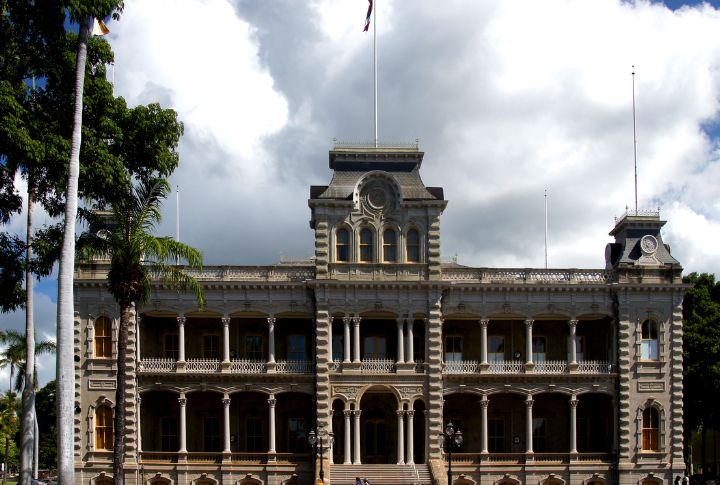
Flames scorched the palace grounds in 1895 during a failed royalist uprising. Protesters clashed with authorities, leading to over 200 arrests. The Queen, blamed for the unrest, was imprisoned in a palace bedroom for months. The building remains the only royal palace on American soil.
The Role Of The Sugar Industry And U.S. Businessmen

Economic interest often speaks louder than loyalty. American sugar planters in Hawaii feared U.S. tariffs and wanted annexation to secure profits. They formed the Hawaiian League and supported the overthrow. Dole Foods would later rise from one of these key players.
The U.S. Military’s Strategic Takeover

Long before it became known for war, Pearl Harbor held deep cultural meaning in Hawaii. The U.S. recognized its strategic potential early and had already used its military to support the kingdom’s overthrow. Named “Waters of Pearl” in Hawaiian, it officially became a naval base in 1908.
Statehood Passed Amid Cold War Fears
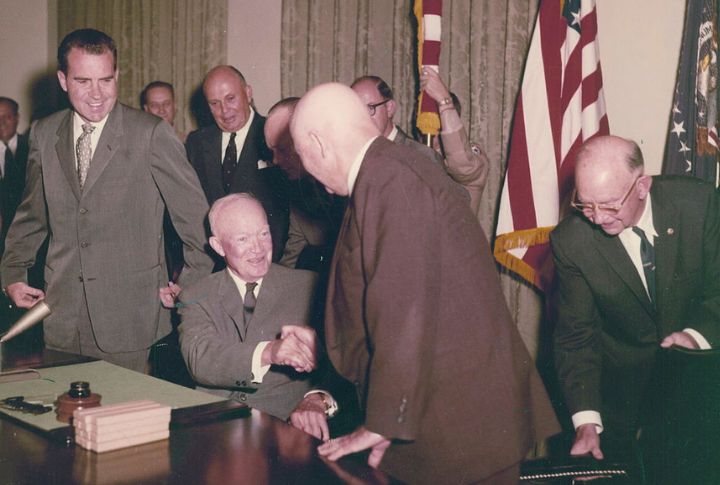
Hawaii became America’s 50th state in 1959. Its military value in the Pacific sealed the deal. However, over 93% of voters said yes, and the vote excluded native rights debates. Just months earlier, Alaska had been added, which turned Hawaii into the final star on the flag.
Erasure Of The Hawaiian Language And Culture
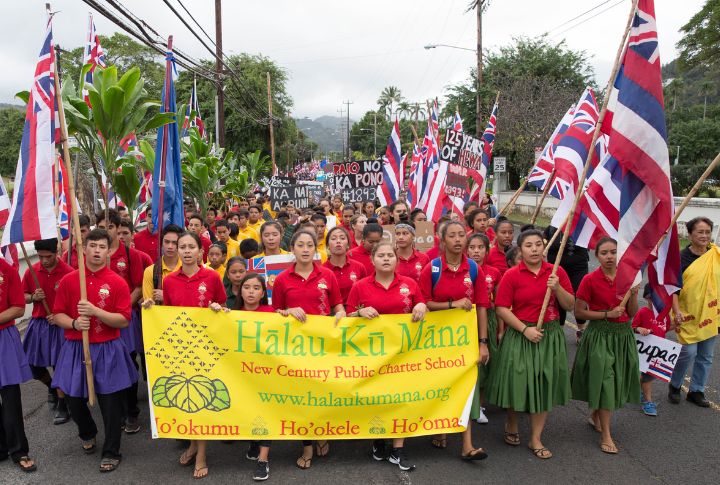
Colonial influence ran deeper than politics; it silenced voices. After annexation, Hawaiian was banned in schools. English replaced it as the dominant tongue. By the 1980s, the language teetered near extinction. Today, a revival is underway. Immersion schools now carry forward a voice once nearly erased.
